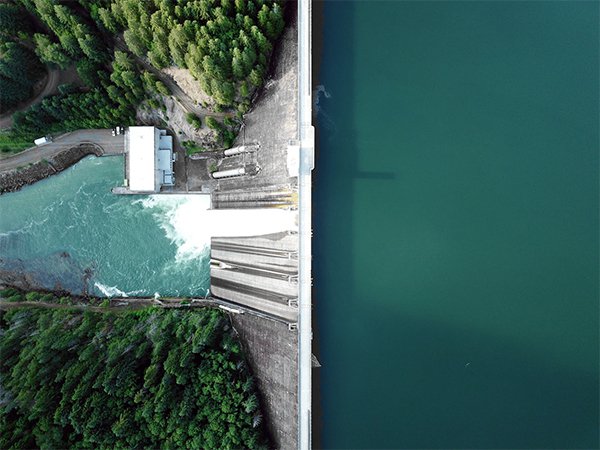Northwest Power System’s 2019 Greenhouse Gas Emissions
Poor water conditions led to higher emissions
- February 01, 2021
- Carol Winkel

At the Council’s January meeting, Senior Policy Analyst Gillian Charles briefed members on the region’s power system carbon emissions in 2019.
In the Pacific Northwest, the system’s carbon emissions are directly connected to the hydro system. In a good hydro year, emissions are lower as less natural gas and coal are dispatched and conversely, emissions tend to be higher in poor hydro years as fossil fuel resources are dispatched more often.
In 2019, the region experienced its worst hydro year since 2005, leading to an increase in emissions of about 16 percent—from about 48.5 million metric tons in 2018 to about 56.6 million metric tons in 2019.
As coal units begin to retire in the region, and in the country, and existing natural gas generation continues to displace coal generation, emissions will begin to trend downward in the coming years. Natural gas is less carbon intensive, releasing roughly half the emissions of coal.
The extent of the trend will depend on what kind of resources come online. But with state renewable portfolio standards and other clean energy policies in place, it’s likely the region will see an increase in zero-carbon resources such as energy efficiency, renewables, and energy storage.



